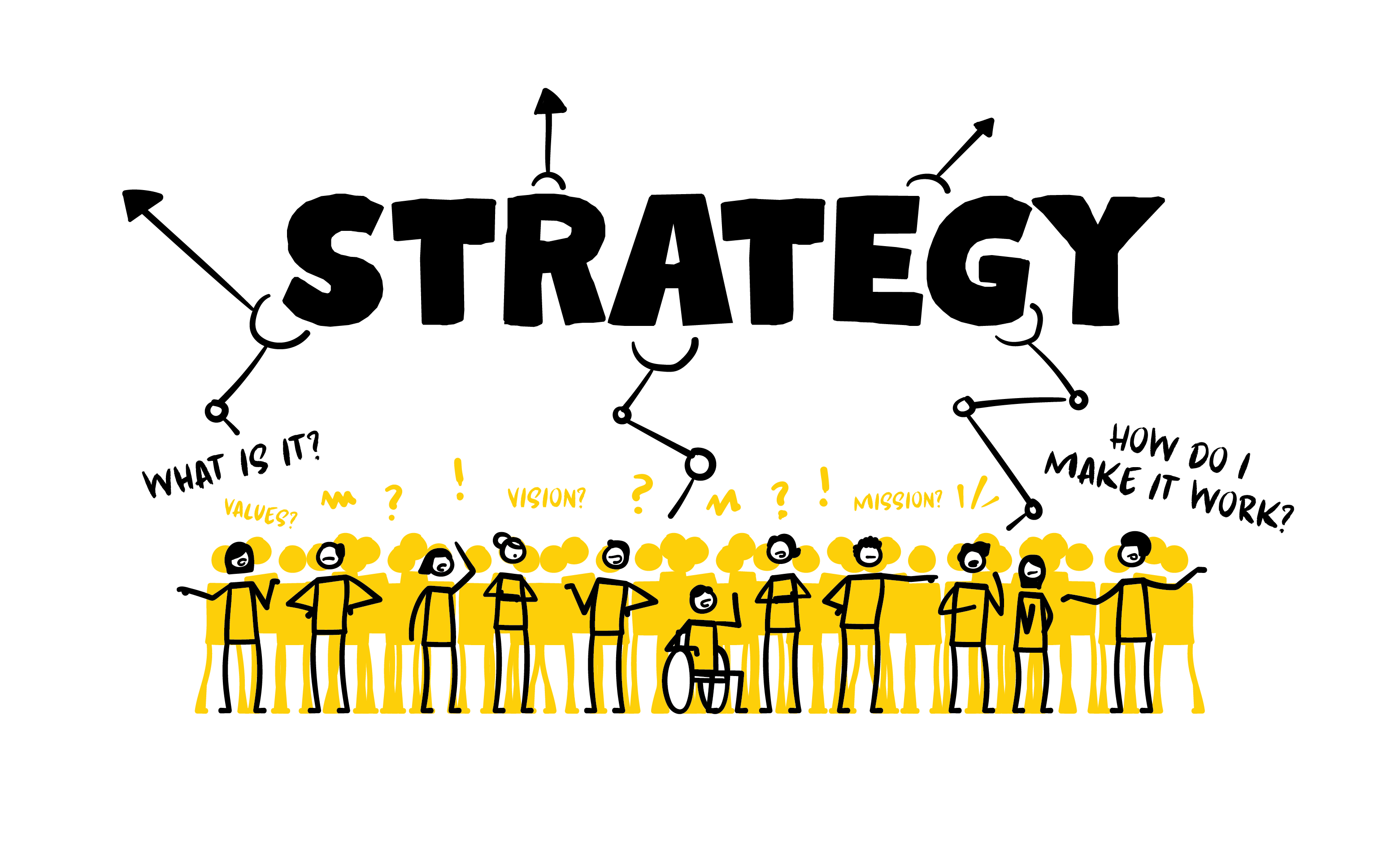Introduction:
In the digital age, social media has become a vital tool for businesses looking to enhance their visibility and connect with their audience. A robust social media promotion strategy can significantly impact your brand’s success. This blog will explore the essential elements of social media promotion and provide actionable insights for your digital agency.
1. Understanding Social Media Promotion

1.1 Definition and Importance:
Social media promotion involves leveraging social media platforms to increase brand awareness, engage with your audience, and drive traffic to your website. It is crucial because it allows businesses to reach a broad and diverse audience, build relationships, and foster loyalty.
1.2 Key Objectives:
The main objectives of social media promotion are:
Enhancing brand visibility
Increasing audience engagement
Driving website traffic
Generating leads and sales
Building a community
2. Crafting a Social Media Strategy

2.1 Setting Goals:
Define clear, measurable goals aligned with your business objectives. Goals should be SMART: Specific, Measurable, Achievable, Relevant, and Time-bound.
2.2 Identifying Target Audience:
Understanding your target audience is crucial. Identify their demographics, interests, and online behavior to tailor your content effectively.
2.3 Choosing the Right Platforms:
Not all social media platforms are created equal. Choose platforms where your target audience is most active. Common platforms include Facebook, Instagram, Twitter, LinkedIn, and TikTok.
2.4 Content Planning and Scheduling:
Create a content calendar outlining what, when, and where you will post. Consistency is key to maintaining audience interest and engagement.
3. Creating Engaging Content

3.1 Types of Content:
Different types of content resonate with different audiences. Consider the following:
Text Posts: Share updates, industry news, and tips.
Images: Use high-quality visuals to attract attention.
Videos: Engage your audience with tutorials, behind-the-scenes content, and interviews.
Infographics: Simplify complex information with visually appealing graphics.
User-Generated Content: Encourage followers to share their experiences with your brand.
3.2 Crafting Compelling Captions:
Captions should be concise, engaging, and include a call-to-action (CTA). Use storytelling techniques to connect with your audience on a personal level.
3.3 Leveraging Hashtags:
Hashtags increase the discoverability of your content. Research popular and relevant hashtags in your industry to reach a broader audience.
4. Utilizing Paid Promotions

4.1 Types of Paid Ads:
Paid social media promotions can boost your reach and engagement. Consider these types:
Boosted Posts: Increase the visibility of your existing posts.
Sponsored Content: Create ads specifically designed for promotion.
Carousel Ads: Showcase multiple images or videos in a single ad.
Stories Ads: Utilize vertical ads in platforms like Instagram and Facebook Stories.
4.2 Budgeting and Bidding:
Set a budget that aligns with your goals and choose a bidding strategy that maximizes your return on investment (ROI). Monitor and adjust your budget based on performance.
4.3 Targeting and Retargeting:
Use advanced targeting options to reach your ideal audience. Retargeting allows you to reconnect with users who have interacted with your brand but have not yet converted.
5. Engaging with Your Audience
5.1 Responding to Comments and Messages:
Engagement is a two-way street. Respond to comments and messages promptly to show your audience that you value their input and are attentive to their needs.
5.2 Hosting Contests and Giveaways:
Contests and giveaways are excellent ways to boost engagement and attract new followers. Ensure the rules are clear and the prizes are enticing.
5.3 Encouraging User-Generated Content:
Motivate your audience to create content related to your brand. Share and celebrate their contributions to foster a sense of community.
6. Analyzing and Adjusting Your Strategy

6.1 Key Metrics to Track:
Regularly monitor key performance indicators (KPIs) such as:
Reach: The number of unique users who see your content.
Engagement: Likes, comments, shares, and saves.
Website Traffic: Click-through rates (CTR) and conversions.
Follower Growth: Increase in followers over time.
6.2 Tools for Analytics:
Utilize analytics tools such as:
Facebook Insights
Instagram Insights
Twitter Analytics
Google Analytics
Third-Party Tools: Hootsuite, Buffer, and Sprout Social
6.3 Making Data-Driven Decisions:
Analyze your data to understand what works and what doesn’t. Adjust your strategy based on insights to optimize performance continually.
7. Staying Updated with Trends

7.1 Following Industry Leaders:
Stay informed by following industry leaders and influencers. They often share valuable insights and trends.
7.2 Adapting to Platform Changes:
Social media platforms frequently update their algorithms and features. Stay adaptable and ready to adjust your strategy to leverage new opportunities.
7.3 Experimenting with New Formats:
Don’t be afraid to try new content formats and strategies. Experimentation can lead to discovering what resonates best with your audience.
8. Conclusion:
Social media promotion is a powerful tool for any digital agency looking to enhance its brand presence, engage with its audience, and drive business results. By understanding your audience, creating engaging content, utilizing paid promotions, engaging with your followers, and analyzing your performance, you can develop a robust social media strategy that elevates your brand to new heights. Stay updated with trends and continually adapt to ensure your social media efforts remain effective and impactful.


